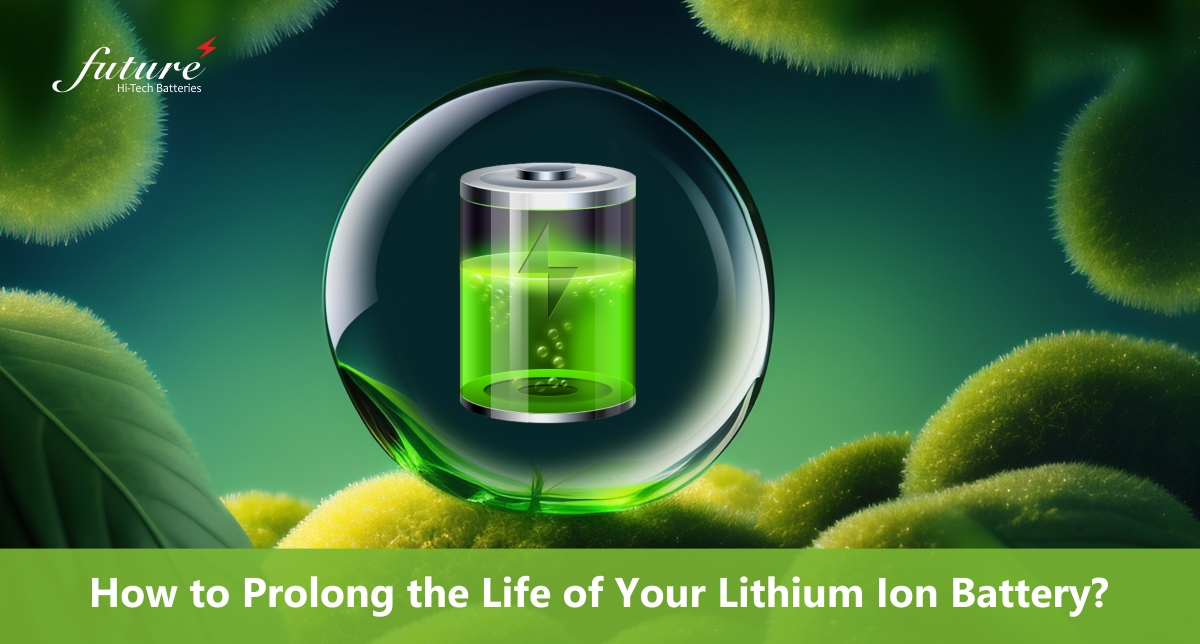Lithium-ion batteries have been gaining importance in daily life, powering everything from our smartphones and laptops to electric vehicles and renewable energy storage systems. The article highlights best use practices to enhance the life of your Lithium-Ion battery.

Lorem ipsum dolor sit amet, nec in adipiscing purus luctus, urna pellentesque fringilla vel, non sed arcu integer, mauris ullamcorper ante ut non torquent.
Lithium-ion batteries offer a remarkable combination of high energy-to-weight and energy-to-volume ratios, making them ideal for portable electronics. This characteristic enables our devices to stay powered for longer durations, reducing the need for frequent recharging and enhancing our productivity and connectivity.
Beyond personal gadgets, lithium-ion batteries have emerged as the linchpin of the clean energy transition. They store electricity generated from intermittent sources like solar and wind, ensuring a steady supply even when the sun doesn’t shine or the wind doesn’t blow. Consequently, they play a pivotal role in accelerating the adoption of renewable energy and reducing our reliance on fossil fuels. Furthermore, electric vehicles (EVs) heavily depend on lithium-ion batteries for their energy storage needs. As the world seeks to combat climate change and reduce greenhouse gas emissions, the widespread adoption of EVs is critical, and lithium-ion batteries are the enabling technology that makes it possible.
In this context, exploring the advancements and innovations in lithium-ion battery technology becomes imperative. This introduction sets the stage for a deeper examination of the multifaceted importance and the exciting future of lithium-ion batteries in our rapidly evolving world.
Key Considerations
However, a key aspect to consider irrespective of the application is prolonging or maintaining your lithium-ion battery. Prolonging the life of your lithium-ion battery is crucial to ensure your devices and equipment remain functional and efficient over time.
The lifetime of lithium-ion batteries typically spans around 300 to 500 charge-discharge cycles, which translates to roughly 2-3 years of regular use in consumer electronics. However, several factors influence battery longevity, including temperature, charging habits, and depth of discharge. Proper care and management can extend a lithium-ion battery’s life. Moreover, in some applications like electric vehicles (EVs) and grid energy storage, advanced lithium-ion variants can last significantly longer, with a lifespan often exceeding a decade due to more robust construction and sophisticated battery management systems. Continuous research aims to further improve the durability and longevity of lithium-ion batteries in various applications.
Lithium-ion batteries are an integral part of our modern world, powering everything from smartphones to electric vehicles. Understanding the factors that influence the lifespan of these batteries is crucial for optimizing their performance and longevity. Here, we delve into the key factors in a concise point form:
Depth of Discharge (DoD):
a) Deeper discharges, where you drain the battery to lower levels, can significantly impact battery life.
b) Avoid frequent deep discharges and aim to keep the battery level between 20% and 80% for extended lifespan.
Charge Cycles:
a) The number of charge-discharge cycles a lithium-ion battery can endure before its capacity significantly diminishes is typically 300 to 500 cycles.
b) Regularly cycling the battery between full charge and discharge can shorten its life.
Temperature:
a) High temperatures accelerate chemical reactions within the battery, causing it to degrade faster.
b)Extreme cold can also impair battery performance.
c) Storing and using devices within an optimal temperature range, usually between 20°C and 25°C (68°F to 77°F), is ideal for battery health.
Charging Habits:
a) Overcharging, common with low-quality chargers, can lead to permanent damage.
b) Avoid leaving your device connected to the charger for extended periods, and unplug it once fully charged.
c) On the other hand, allowing the battery to completely discharge before recharging can also be detrimental.
Quality of the Charger:
a) Using the wrong charger or a low-quality charger can result in improper voltage and current, damaging the battery over time.
b) Always use chargers designed for your specific device and from reputable brands.
Fast Charging:
a) While convenient, rapid charging generates more heat, which can degrade the battery.
b) Consider using regular charging when possible to reduce stress on the battery.
Overheating:
a) Heavy usage or resource-intensive applications can generate excess heat, which is harmful to the battery.
b) Employ power-saving features or close unnecessary apps to reduce heat generation.
Storing Fully Charged or Fully Discharged:
a) Leaving lithium-ion batteries fully charged or fully discharged for extended periods can lead to capacity loss.
b) Store spare batteries at a partial charge, ideally between 20% and 50%, in a cool, dry place.
Battery Management Systems (BMS):
a) Some devices and applications, such as electric vehicles, employ advanced BMS to monitor and optimize battery performance.
b) Well-designed BMS can extend a battery’s lifespan by balancing cell voltages and temperature.
Age and Usage Patterns:
Over time, lithium-ion batteries naturally degrade, even if they aren’t used extensively.
Heavy usage, such as gaming or video streaming on a smartphone, accelerates this aging process.
Manufacturing Quality:
a) The quality of the battery itself and its components, including the cathode and anode materials, can impact lifespan.
b) Batteries from reputable manufacturers typically exhibit better longevity.
Software and Firmware Updates:
a) Manufacturers often release updates that include battery management improvements.
b) Keeping your device’s firmware or software up to date can help optimize battery performance.
Maintenance and Care:
a) Cleaning the battery contacts and connectors can prevent power losses due to poor connections.
b) Regularly inspect and replace damaged charging cables, which can affect charging efficiency.
Chemistry and Battery Type:
a) Different lithium-ion battery chemistries, such as lithium cobalt oxide (LiCoO2), lithium iron phosphate (LiFePO4), and others, have varying lifespans.
In conclusion, understanding and managing these factors can significantly impact the lifespan of a lithium-ion battery. By adopting best practices such as avoiding extreme temperatures, maintaining appropriate charging habits, and using quality chargers, users can optimize the performance and longevity of their batteries, ultimately reducing electronic waste and saving cost in the long run.










Your Comment Please